With the world facing a difficult winter in the face of the global energy crisis, museums in the UK have been held up as potential ‘warm havens’ – free, heated spaces for people who are unable to afford their bills. But how are museums themselves going to keep the heating on? After much anxious anticipation, the UK government yesterday announced a six-month cap on gas and electricity costs that will provide some temporary relief for museums and arts organisations alongside other businesses, charities and public sector bodies. The new ‘supported wholesale prices’ of £211 per MWh for electricity and £75 per MWh for gas will slash the projected prices for this winter by more than half, a move that is expected to cost the government tens of billions of pounds. However, these capped figures are still almost twice the size they were this time last year, meaning that art organisations are still likely to feel the squeeze. Without much assurance about what happens in six months, they have also been left unable to plan ahead.
Museums have been thrown repeatedly into some new state of emergency over the last five years. ‘This is happening off the back of a pandemic, so most arts organisations have already been relying on their reserves,’ says Paula Orrell, director of the Contemporary Visual Arts Network (CVAN), which is compiling a database of examples of how the crisis is affecting the sector. ‘It’s not just the energy increase; it’s also the impact of inflation affecting the cost of materials, transport and labour. Another issue is how the cost of living is affecting the ability to recruit, as people are not wanting to enter a sector where the pay is so limiting.’
The government caps will apply to new contracts from 1 October and to fixed contracts taken out after 1 April. One gallery that may be in line to benefit is Ikon in Birmingham, which started a new two-year tariff in late May. The process was much more complicated than it had been in previous years, according to head of operations Matt Hogan. With a lot of uncertainty about how the market would change both short and long term, some offers expired within hours of becoming available. ‘We’re not qualified in this field and even our broker had never seen anything like it but we had to be quite nimble and were watching the global news,’ Hogan says. In the end they settled for a tariff with a forecast cost of £94,000 for electricity and £40,000 for gas over the next year, more than doubling the previous year’s figures of £37,000 and £12,000. ‘It was quite sickening, quite eye-watering but prices were just going up and up so we had to lock it in,’ Hogan says – although the two-year deal at least promised some concrete ground on which to plan for the future. The gallery expects that it will not know if the new energy caps will mean any discount or saving until the first bills arrive in October.
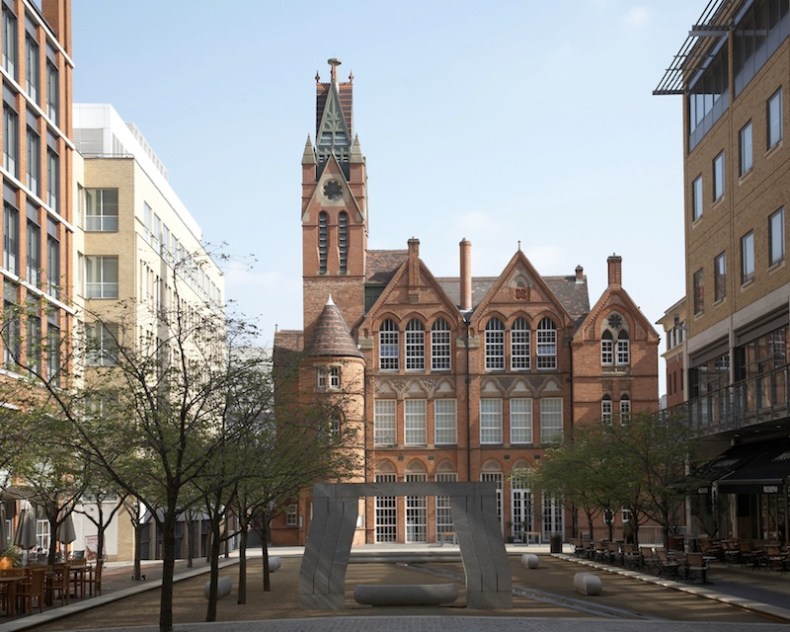
Exterior of Ikon gallery, Birmingham. Photo Stuart Whipps; courtesy Ikon
Advice for both households and businesses on how to survive the energy crisis has tended to focus on ways to cut down on energy use, but most museums have already improved their efficiency. Ikon is one of many, including the Tate, that have switched to LED lighting in recent years. It has also installed motion sensors, more efficient air handling unit motors and upgraded its boilers, thanks in part to funding from Arts Council England. Lighting is a relatively low portion of the gallery’s energy consumption, but it is working to minimise on all fronts. ‘We’re encouraging staff to say in meetings, do we need the lights on for this?,’ Hogan tells me.
But museum’s expenditures include fixed costs, such as collection care. One of the most costly, both economically and ecologically, is climate control, which, Hogan claims, isn’t always needed. ‘Loan agreements are frequently made with a very broad-brush approach that all objects have to be exhibited within an environment that is 21 degrees and 50 per cent relative humidity with a very narrow band on either side,’ he says. This requirement doesn’t take into account whether the work in question is a delicate, light sensitive egg tempera on wood or a contemporary installation made of robust materials. ‘Galleries, often without a collection of their own, which occasionally loan works are running climate control 24/7 just in case the big lenders ask them for the data for future loans, even if there’s nothing in the gallery that needs this control. It’s a huge waste of energy,’ Hogan adds, hoping the crisis might increase scrutiny on this issue.
The most desperate museums have reported possible plans to reduce opening hours over the winter, but this is not an outcome that should be taken lightly. ‘Many museums up and down the UK have pledged to open their doors as warm, safe spaces for their communities over the winter,’ says Sharon Heal, director of the Museums Assocation. ‘Museums are ideal places to provide this service; they are free or low cost, have the facilities and amenities that the public need and of course have amazing collections that can keep people engaged for hours. In order for us to do that we need support and investment now.’
Museums and arts organisations are experiencing rising energy bills as just the latest chapter in an onslaught of crises. Both Heal and Orrell are calling for another cultural recovery package similar to the one offered during Covid. ‘Other businesses [in other sectors] are in a stronger position because they’re regarded as valuable,’ says Orrell. ‘We need to be seen as essential. Not as a cost.’
Unlimited access from just $16 every 3 months
Subscribe to get unlimited and exclusive access to the top art stories, interviews and exhibition reviews.

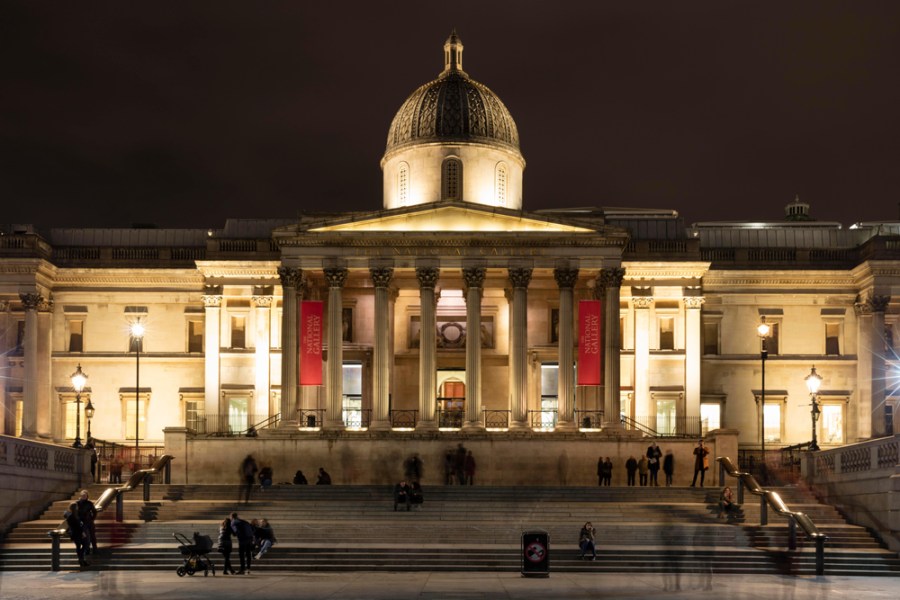
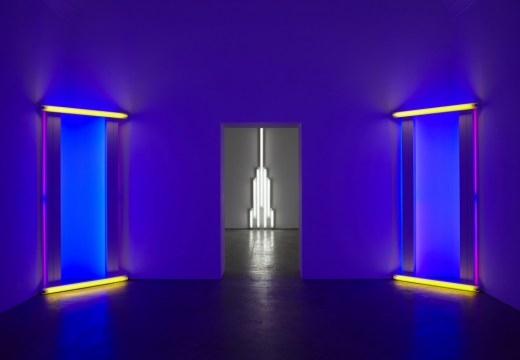
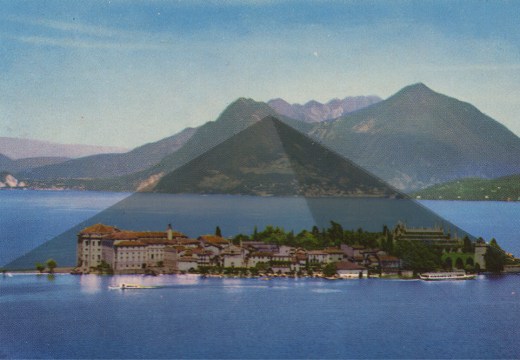
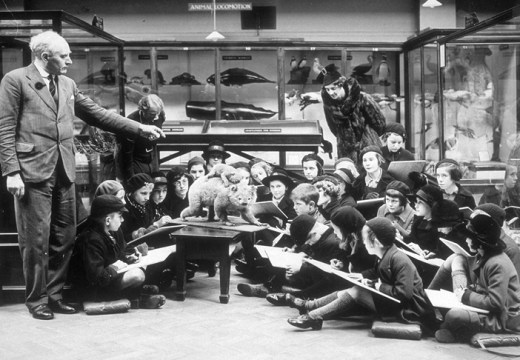









![Masterpiece [Re]discovery 2022. Photo: Ben Fisher Photography, courtesy of Masterpiece London](http://www.apollo-magazine.com/wp-content/uploads/2022/07/MPL2022_4263.jpg)
Has the Fitzwilliam lost the hang of things?